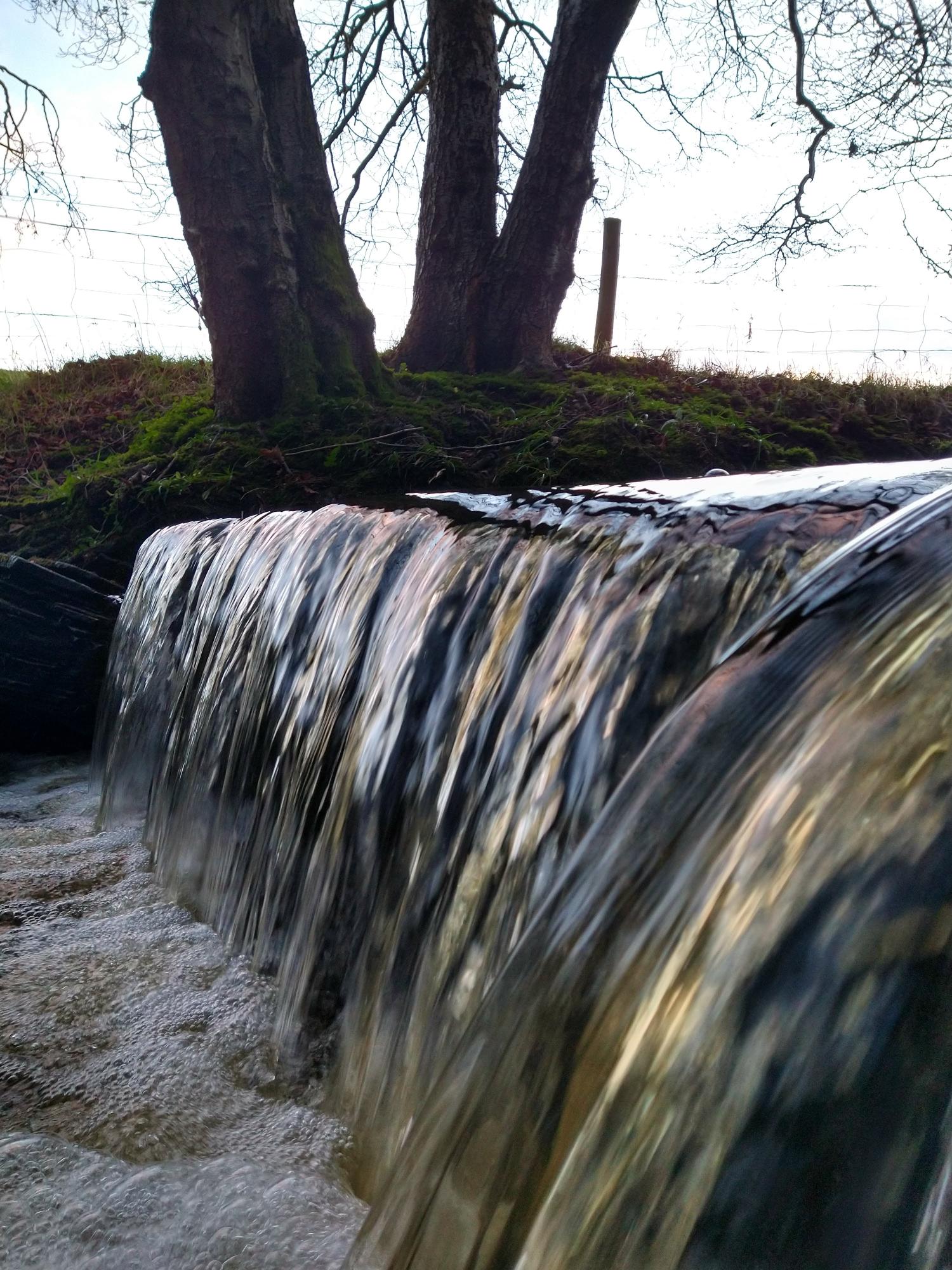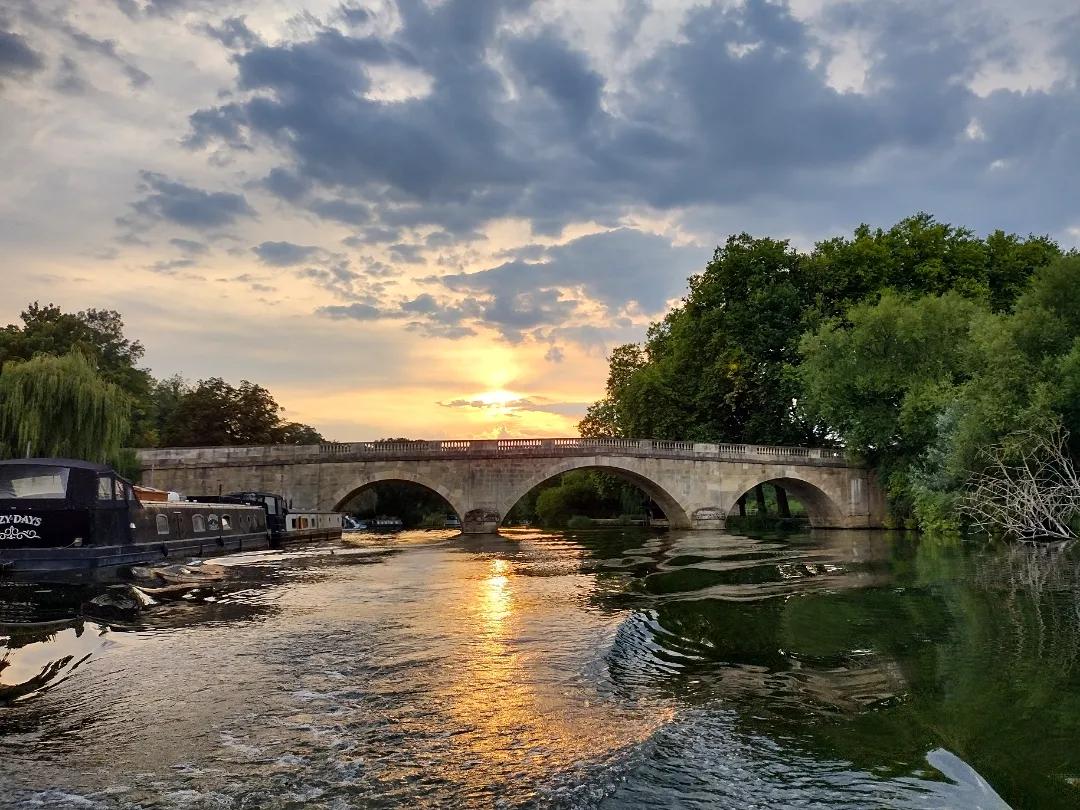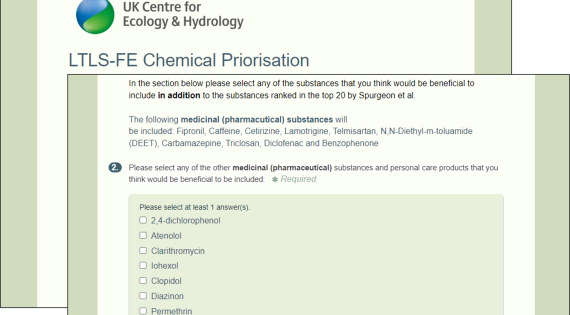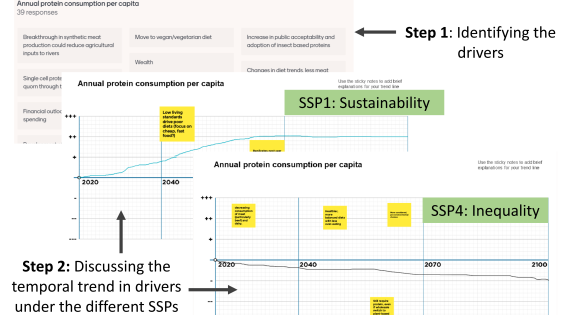Our current stakeholders who are kindly providing their expertise and advice to the project include:
- Coal Authority
- Department of Agriculture, Environment and Rural Affairs of Northern Ireland (DAERA)
- Department for Environment Food and Rural Affairs (DEFRA)
- Environment Agency (EA)
- Freshwater Biological Association (FBA)
- UK Water Industry Research (UKWIR)
- National Trust
- Natural England
- Natural Resources Wales (NRW)
- Scottish Government
- Scottish Environment Protection Agency (SEPA)
- The River Fly Partnership



